
Examined over a 5-year period, the Jackson Health System in Florida reported large volumes of positive cultures for the fungal infection every year and that infection sources expanded over time.

Examined over a 5-year period, the Jackson Health System in Florida reported large volumes of positive cultures for the fungal infection every year and that infection sources expanded over time.

Whitney Hartlage, PharmD, explores the role of expanded UTI definitions and urinalysis interpretation in addressing antibiotic overuse.
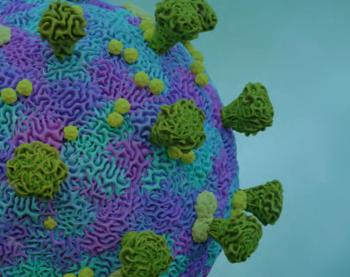
This is the first in a series on the 5 year anniversary of the pandemic. We want to cover a variety of aspects around it, including lessons learned such as testing, vaccine development, and public health policy as well as some ongoing challenges that remain including vaccine hesitancy and an increase in antimicrobial resistant infections.

Zhuo Shang, PhD’s discovery of mandimycin offers a potential solution to drug-resistant infections like Candida auris by targeting phospholipids in fungal membranes.

A long-term study conducted by the Centers for Disease Control and Prevention (CDC) shows early success in the reduction of such infections followed by an increase again during the early pandemic years. Additionally, certain pathogens overall saw an increase, whereas other infections were stable or saw decreases.
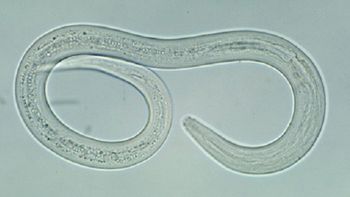
Amanda Truong, MD, PhD, provides her perspective on diagnosis, treatment, and environmental factors, considering her involvement in a recent human case.

The Peggy Lillis Foundation's (PLF) CEO and Cofounder Christian John Lillis talks about these important events happening in the capital at the end of this month.

Rachel A Bender Ignacio, MD, MPH explores safety, pharmacokinetics, and future directions for HIV treatment.

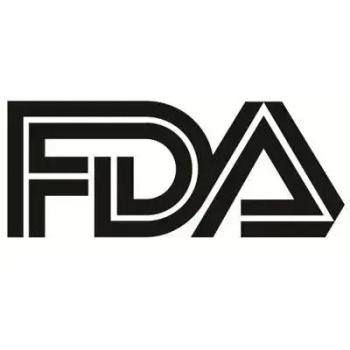
Clostridium botulinum and Listeria contamination found in multiple food products, including vegetables, mushrooms, and seafood chowders.

Onyema Ogbuagu, MBBCh, FACP, FIDSA discussed 96% virologic suppression with lenacapavir-based therapy, showing similar results to daily oral regimens.
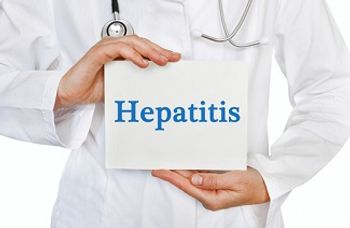
Despite a large number of new infections globally, an international survey shows real reservations by people to get screened and limited knowledge about the risks, thus preventing them from seeking needed treatment.

Anchalee Avihingsanon, MD, PhD presents results showing 95.4% HIV RNA suppression and 86.6% HBV DNA suppression after 48 weeks of B/F/TAF in HIV-HBV co-infected patients.
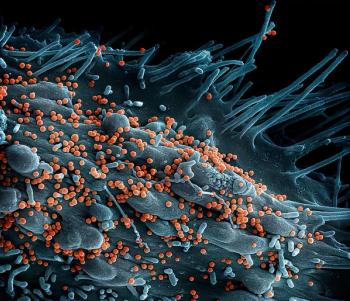
The vaccine is based on an attenuated rabies vaccine that was subsequently inactivated to make the vaccine candidate. The National Institutes of Health (NIH) is sponsoring the trial.

David Berman, MD, PhD, discusses signs of dose-dependent viral control and reduction in active HIV reservoir in Phase 1/2 STRIVE trial data.
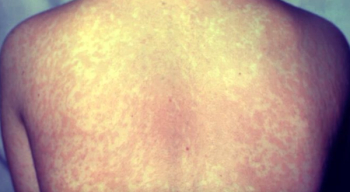
Cases in the US continue to increase, and a new analysis shows 2024 was the highest year for measles cases in Europe in 25 years.
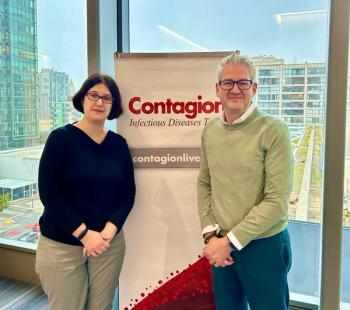
Phase 1 data on VH184, a third-generation integrase strand transfer inhibitor, and VH499, a novel HIV-1 capsid inhibitor, highlighting their antiviral potency, safety profiles, and potential for long-acting injectable formulations.

Carl Schmid, executive director, HIV + Hepatitis Policy Institute, explains how a Supreme Court case could have far reaching implications for greater health screenings and preventative services beyond HIV and hepatitis.

A coalition of employers, the US Business Action to End HIV, sent a letter to Congress outlining the continued need for support from the federal government.

New data at CROI 2025 shows zero cases of HIV acquisition reported with Apretude (cabotegravir long-acting (CAB LA) for PrEP in varied clinical settings and populations in 2 implementation studies in the US and Brazil.

Shionogi’s investigational antiviral is the first COVID-19 oral therapy that has shown this distinction.

Sarita Shah, MD, MPH, reveals a decline in timely ART initiation from 86.5% in 2019 to 83.9% in 2020, with viral suppression rates dropping from 91.1% to 84.7%, before showing signs of recovery by 2021.

Colleen Kelley, MD, MPH, offers some insights on where we are today with the state of HIV prevention including the expanding PrEP options, why PEP is underutilized, and the challenges behind HIV vaccine development.

Mia Moore, PhD, presents findings showing 74% reduction in hospitalizations and key insights into primary vaccination and booster impact on population immunity in Washington and Oregon.

Thumbi Ndung'u, BVM, PhD discussed the safety and partial virologic control observed in a Phase 2a trial using broadly neutralizing antibodies and vesatolimod in HIV treatment interruption.

In a blinded phase 3 study, doravirine and islatravir was compared to antiretroviral therapy, BIC/FTC/TAF (Biktarvy), and it was shown that there was no between-group differences in mean change in CD4 T-cell or total lymphocyte count at week 48.

In a long-acting dose regimen, an investigational antibodies treatment is a potent antiviral that can function as a component of a complete antiretroviral regimen.

Georg Behrens, MD, PhD, highlights superior virological suppression and immune recovery with bictegravir-based therapy in therapy-naïve individuals with advanced HIV disease.
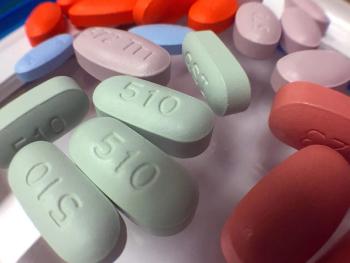
In a small study, investigators found they could reduce the antiretroviral therapy (ART) dosing to longer durations and the treatment remained safe and efficacious.

New pharmacokinetic data, shared by Moupali Das, MD, MPH, reveal long-lasting plasma concentrations, surpassing twice-yearly subcutaneous formulation for HIV prevention